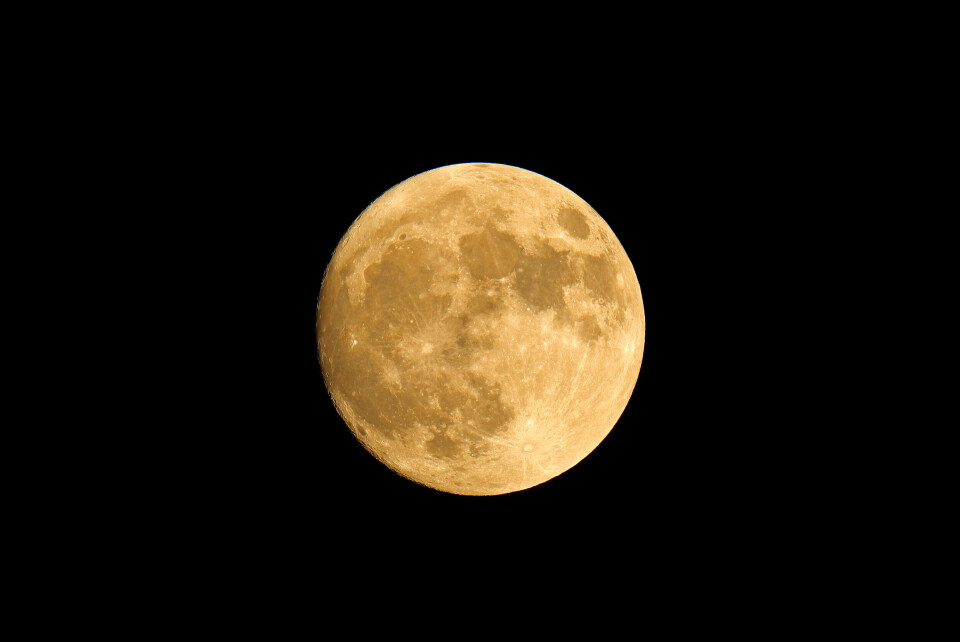-
Cars submerged, 1,100 without power: Floods hit south-west France
Three departments are on alert for flooding on Easter Monday after weekend of heavy rain
-
Approval of roadside noise cameras in France will see fines issued against loud vehicles
The devices known as meduses already exist in several cities but so far have only been ‘instructional’
-
White storks make strong return in France via nest ‘platforms’ and clipped wings
The Ligue pour la Protection des Oiseaux shares the conservation challenges in saving these birds from extinction
Look up to the French skies tonight for the last super moon of 2022
The Full Sturgeon Super Moon will appear bigger and brighter than usual and will be most impressive at 03:36 tomorrow morning

Tonight (August 11), it will be possible to see the Full Sturgeon Super Moon, which is the last super moon of the year.
The Moon will appear 7% bigger and 14% brighter than normal because it is at the closest point to Earth in its orbit.
It will be at its brightest at 03:36, but will be visible for hours either side. If you miss it tonight, you can also catch it tomorrow (August 12) or over the weekend, although it will by then have started to wane.
The ‘sturgeon’ name comes from the native American Algonquin tribes, who noticed that it was easier to catch the fish at this time of year.
This moon is also sometimes called the Full Red Moon, the Green Corn Moon or the Grain Moon.
Don’t miss the Perseids shooting stars
The Perseids meteor shower should also be visible until August 25, although its activity will peak tomorrow night.
This annual ‘shooting star’ event is caused when the Earth passes through the stream of debris left in the wake of Comet Swift-Tuttle, bringing pieces of matter crashing into the upper atmosphere at high speed and lighting up the night sky.
The Perseids are so named because the meteors appear to come from the Perseus constellation, which is located near one of the brightest star formations, Cassiopeia the Queen.
They are visible to the naked eye, and sometimes it is possible to see around 100 meteors per hour.
Related articles
Pictured: ‘Thunder Moon’ above southwestern France
Pictured: Lunar eclipse as it appeared in south-west France
French astronaut splashes down to earth with heartfelt tricolour Tweet
























